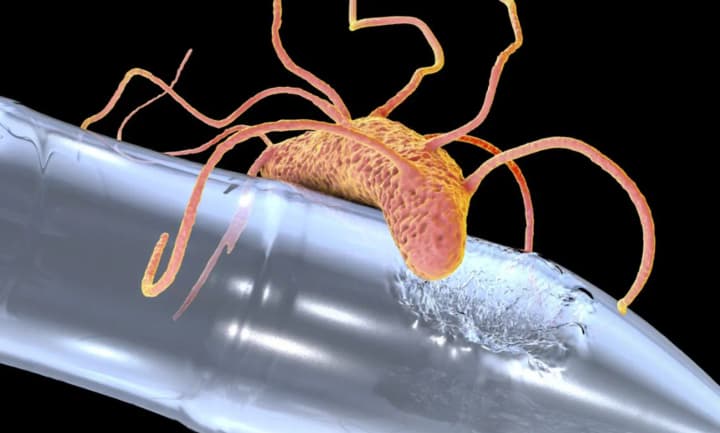Scientists have found a way to fight bacteria with plastic
Kyiv • UNN
Researchers have developed microscopic mazes on plastic surfaces that block the formation of bacterial biofilms and prevent their reproduction. The discovery may prevent infections and reduce the need for antibiotics.

Researchers from the University of Nottingham have developed microscopic labyrinths on plastic surfaces that block the formation of bacterial biofilms. This discovery could be a new approach to preventing infections, as well as help reduce the need for antibiotics and partially relieve the burden on the healthcare system. This is reported by UNN with reference to Phys.
Details
Researchers from the University of Nottingham have discovered that special patterns on the surface of plastic can significantly reduce the ability of bacteria to multiply. This discovery, according to the publication, could be a breakthrough in the fight against infections that often occur through the use of medical devices such as catheters.
According to a study published in the journal Nature Communications, "grooves on the surface of plastic block the formation of a biofilm" - a mucous layer that protects bacteria from the human immune system.
Without this biofilm, bacteria cannot fully attach to the surface, so the infection does not develop, and the immune system more effectively destroys the pathogens.
The study was led by Professors Paul Williams and Morgan Alexander, along with colleagues from universities in the UK and the Netherlands. They tested over 2,000 plastic surface shapes, including polyurethane, which is often used to manufacture medical devices.
On the most effective sample, scientists found that tiny crevices in the protrusions "trick" bacteria into releasing lubricant. It, in turn, prevents them from sticking to the surface.
Previous studies have shown that the introduction of antibiotics into medical devices has drawbacks, such as promoting the development of antibiotic resistance. Our research has taken this idea one step further, as we wanted to see if we could create a simple landscape on a catheter, made of the same material, that bacteria don't like and can't form biofilms on.
According to him, the team used machine learning to find out why certain structures prevent the reproduction of bacteria.
We tested different types of bacteria on over 2000 different shapes. We had to use machine learning to figure out which of these shapes best prevents biofilm formation.
According to Professor Alexander, the technology has practical advantages.
Using physically textured surfaces has an advantage over coating approaches because they can be applied to existing device materials, which reduces the barrier to commercial application. Our discovery could save the National Health Service a lot of money.